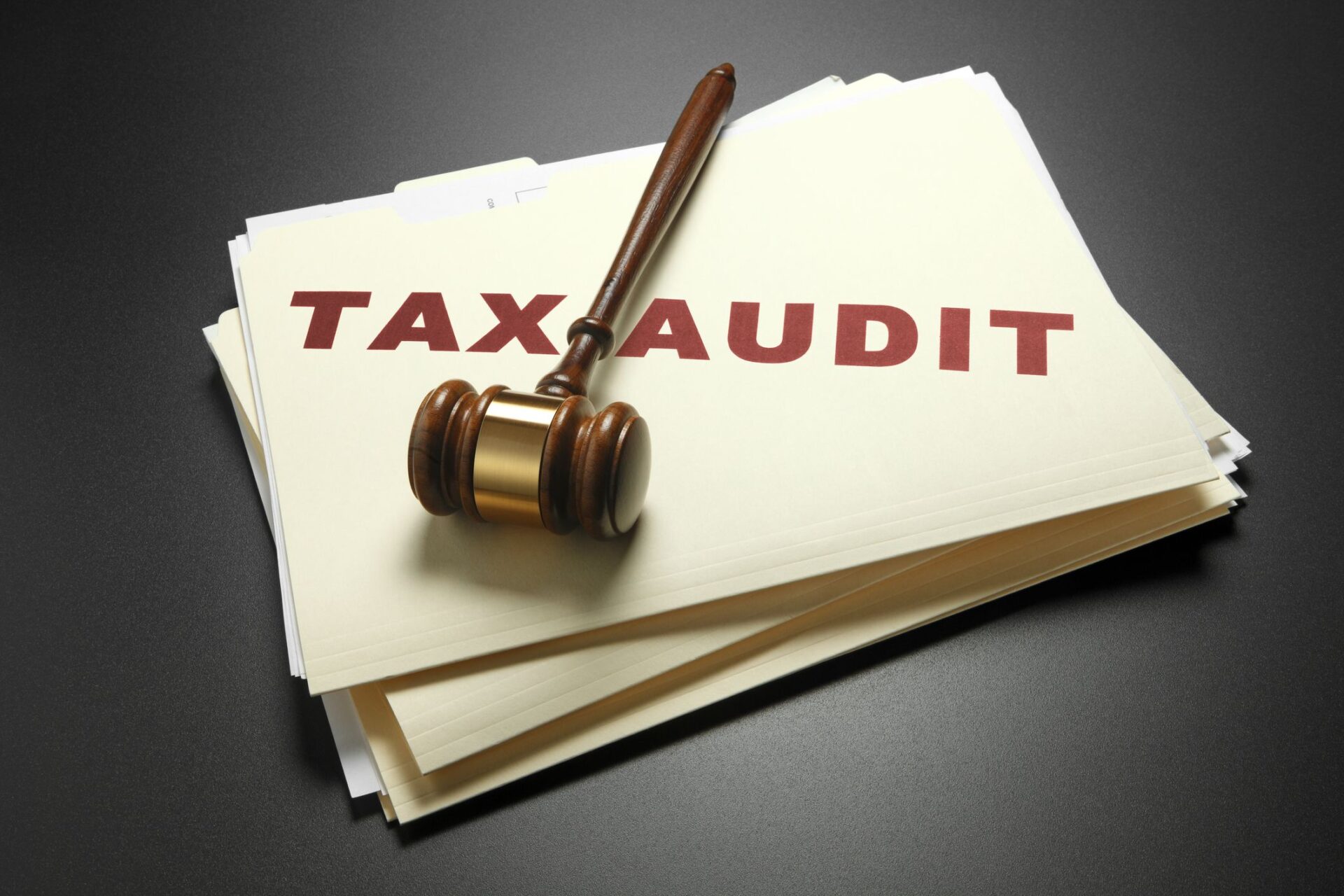
100+ Years of Combined Tax Resolution Experience.
100+ Years of Combined Tax Resolution Experience.
Have you been saving for retirement? Good news if you have! The IRS announced that they will be adjusting the limitations for pensions plans and retirement- related items for 2019. This includes bumping up contributions and other changes that will help you save more for your retirement each year.
The IRS has adjusted the contribution limit for what taxpayers can put into their retirement plans. For those of you contributing to a 401 (k) or similar plan, your contribution goes up from $18,500 to $19,000 for 2019. Catch-up contribution limits for those 50 or older in 2019 will not be changed and will remain at $6,000 for workplace plans and $1,000 for IRAs. These changes mean people with a high income or super-savers age 50 or over can put away up to $32,000 in these tax-advantaged accounts.
If you are self-employed, you also benefit from the above changes. If you set up and fund your own 401 (k) profit-sharing plan, you will also have a contribution limit of $19,000 for 2019. You can make two kinds of contributions to these plans; the employee’s contribution and the employer’s profit-sharing contribution. This type of plan is easy to set up and you can have a brokerage firm help you if you need it. The contributions will reduce your adjusted gross income, which will result in considerable tax savings. For a taxpayer who declares about $80,000 in net profit from self-employment, the total pretax contribution is about $33,900 in 2019. If you’re 50 or older, you can contribute about $39,000.
For those of you with an Individual Retirement Account, you can now contribute up to $6,000 into your IRA for 2019. This is up $500 from $5,500. This limit applies to any type of IRA in 2019. Those 50 or older in 2019 can make an additional catch-up contribution of $1,000 for a total annual contribution of $7,000. The IRS also announced that it will increase all income limits used in determining eligibility to make deductible contributions to traditional IRAs, Roth IRAs and even for claiming the Savers Credit.
Additional Readings

We’re in an era in which more small businesses are launching like wildfire. Many people find starting a small business of their own as easy as a piece of cake. However, most of the time, what they fail to prioritize are some of the major players involved in smoothly operating their small business. A...

Do you know why most married taxpayers go for filing joint tax returns? It’s actually because of the benefits that it offers. But with joint tax returns, both the filers hold the responsibility for the tax bill or any penalties and interest that arise from it. Both are legally responsible for the entire liability, even...

What if you owe so much in taxes that you can’t see your way out of it? If you owe back taxes, you might not think there is a way you can ever pay things off. And the more those back taxes have accumulated, the deeper the hole. But that doesn’t mean you can’t dig...

Tax Audits are one of the most terrifying things a taxpayer can endure. Most taxpayers don’t know what being audited by the IRS entails and usually don’t know what to do if they are audited. IRS audits can be confusing to most taxpayers as most don’t know what the IRS is looking for when they...

Receiving a letter from the IRS can be intimidating, especially if you’re unsure what the notice is for or what to do next. Fortunately, many notices are nothing to worry about and are purely informative. Below, we look at everything you need to do — and what not to do — after getting a notice from the...

The Internal Revenue Service (IRS) is increasing audits on cannabis businesses — the agency is on a mission to ensure that cannabis businesses adhere to the tax code. Unfortunately, cannabis companies must comply with more strict tax laws than other businesses and can claim fewer deductions. Most business owners don’t realize this or aren’t able to meet the reporting responsibilities on their own. If you own a business in...
